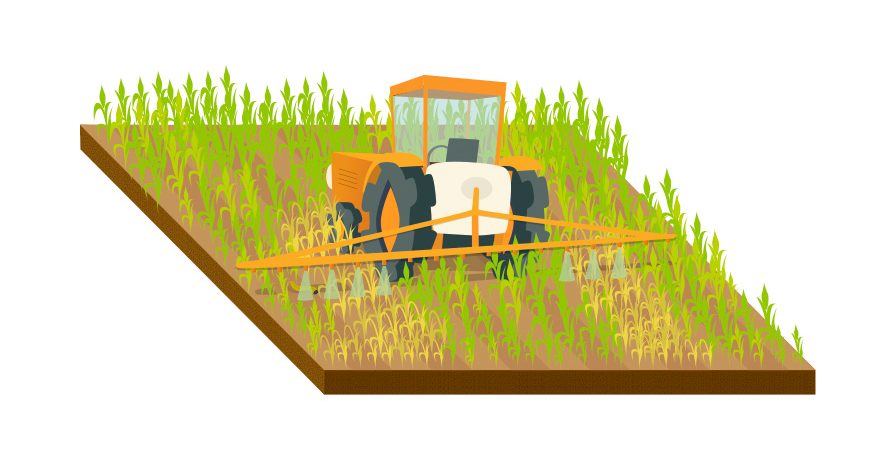Integrated Pest Management (IPM) consists of the combination of a set of biological, biotechnological, chemical and cultural actions for crop protection. The correct use of PPPs – pesticides – starts with regular checks and the precise calibration of the spray equipment.
Within that follows, there are some points to take into account regarding transport, storage and container management:
- Read and follow all label instructions.
- Wear appropriate protective clothing and equipment when working with pesticides.
- Rinse containers immediately after emptying because some pesticide residues will dry quickly and become difficult to remove. If the container cannot be rinsed immediately, replace the cap until it can be rinsed.
- Never reuse the pesticide container (rinsed or not).
- Never allow empty pesticide containers to accumulate where unauthorized people have access to them.
- The proper transportation and storage of pesticides and the proper rinsing and disposal of empty pesticides containers demonstrate that applicators are competent professionals who are concerned about the environment.
